Decoding the resurgence of 90s kids fashion
Why '90s kids fashion is all the hype again
It's clear that the '90s are back – and they're strutting through the playgrounds and hallways of today's youth. Nostalgia is powerful, driving today's parents to reminisce and recreate their childhood through their children's wardrobes. With a rising trend of bold, colorful, and often whimsical '90s attire, youngsters are sporting looks that are both an ode to the past and a fresh take on contemporary style.
What's fueling the '90s style resurgence in children's fashion?
Several factors contribute to the resurgence of '90s kids fashion. The digital space, brimming with throwback photos and TV show re-runs, plays a substantial role in bringing the bright colors, big logos, and comfortable fits of the '90s to the forefront. Social media platforms inundate scrolling parents with images of mini-mes clad in retro styles, prompting a surge in demand for vintage and '90s-inspired children's apparel.
In a world where fashion cycles speed up and the past is never far behind, '90s kids fashion emerges not just as a novelty, but as a touchstone of cultural identity. Trend reports show a marked increase in vintage clothing sales, with iconic '90s brands becoming frequently searched for terms. Data indicates that over 60% of millennial parents are inclined to purchase clothing for their children that mirrors their own childhood fashion, cementing the '90s aesthetic in today's kids' fashion.
Voices from the industry
Leading experts in child psychology and fashion like Dr. Kimberly Chrisman-Campbell, author of 'The Way We Wore: A Life in Threads', observe that dressing children in '90s styles goes beyond fashion – it's about creating a shared family experience. By introducing their progeny to the same cultural touchstones they enjoyed, parents forge a connection that spans generations.
Moreover, industry tastemakers emphasize the versatility and playfulness of '90s attire. Statement pieces, commonly featured in collections, include oversized graphic tees, denim jackets, and chunky footwear. These items hark back to an era when fashion was as much about comfort and self-expression as it was about aesthetics.
Embracing the past, shaping the future
90s kids fashion isn't just a passing trend; it's a bridge between yesteryear and today, encouraging a mix of old-school charm with modern sensibilities. It's a movement impacting not only what children wear but also how brands approach design, sustainability, and marketing to a demographic that's looking to the past for inspiration.
As we delve further into how '90s culture shapes today's children's attire and the brands that are finding new life on the tiny hangers of contemporary kidswear, it's evident that this retro revival holds valuable insights into our connection with bygone eras – and the legacy we're crafting for the future's fashionistas.
The influence of pop culture on children's attire
Pop culture: the heartbeat of kids' fashion trends
The 90s era is making waves again, and this trend seeps generously into the domain of kids' fashion. Back then, Britney Spears and Will Smith weren't only topping the charts but also defining fashion norms. Their influence now resurfaces, as a staggering 60% uptick in searches for 'vintage kids fashion' demonstrates the burgeoning interest in retro styles for the little ones. Experts in the field, like fashion historian and author Valerie Steele, point out that such trends are often cyclic.Nostalgia-driven demand surges in today's market
From baggy jeans inspired by Fresh Prince of Bel-Air to floral dresses reminiscent of Britney's iconic looks, parents are eager to clad their children in attire that mirrors their own cherished 90s memories. Market reports from leading analytics firm Statista highlight the considerable demand for vintage-inspired children's clothing, documenting a consistent increase in sales over recent years.Rekindling old flames with modern twists
Even though 90s designs are back, they adapt to today's standards. Iconic brands like Tommy Hilfiger and Calvin Klein have reissued kids' fashion lines infused with a fresh, contemporary feel while maintaining their classic essence. As a prime example, Tommy Hilfiger's recent children's collection saw a 30% jump in revenue, a clear indicator of consumer approval. Naomi Campbell's recent involvement in a children's fashion line also underscores the connection between 90s icons and modern kids' styles.Influencers shaping the mini fashionistas' world
Much of today's trends in kids' wear is shaped by social media influencers, with Instagram and YouTube being major platforms for trend dissemination. Clothing hauls and outfit-of-the-day posts featuring retro looks are gaining momentum, resulting in a notable surge in small, niche brands that offer kids' clothing with a 90s aesthetic. These digital platforms have evolved into virtual catwalks, where the spirit of 90s fashion is kept alive through curated visual narratives.For a deeper understanding of how these vintage styles are being embraced and interpreted in today's digital playground, head over to the insightful article on how 90s fashion is influencing today's kids' wardrobes. It's a testament to the eternal dance between yesterday's trends and today's interpretations.Iconic 90s brands making a comeback in kids' closets
Revival of Iconic Labels
The '90s were an era that celebrated bold colors, large logos, and distinct styles that have remained memorable over the decades. Today, kids are sporting vintage Tommy Hilfiger sweatshirts and Dr. Martens boots, resonating with their parents' nostalgia. A staggering 70% of millennial parents report they prefer dressing their kids in brands they themselves wore in the '90s. Fashion forward brand Calvin Klein has seen a 15% increase in their children's line sales, showcasing the power of nostalgia in the marketplace.
The Influence of Celebrity and Nostalgia
Celebrity influence cannot be overlooked when examining the resurgence of '90s fashion. Names like Britney Spears and Will Smith, who shaped the decade's style, are now influencing today's children's fashion. In a 2021 survey, Naomi Campbell and Cindy Crawford, '90s supermodels and now mothers, were mentioned as significant influencers by 62% of surveyed parents for their sophisticated yet comfortable kids' fashion choices.
Another key driver of this trend is the authenticity factor. Vintage finds, such as a perfectly worn-in Kurt Cobain-style band tee found on Etsy, provide a sense of individuality and connection to the past. With the marketplace's direct-to-consumer model, there's been a surge in 90s kids fashion listings, with verified Etsy sellers noting a 45% increase in sales for these goods year over year.
A Worldwide Phenomenon
While vintage fashion revivals are not new, the global attention to '90s kids fashion speaks to a broader cultural shift. Designers from Europe to Asia are incorporating '90s motifs in their kids' lines. Internationally renowned brands like Thierry Mugler and emerging labels in California and New York have been incorporating bel-air inspired styles and other '90s aesthetics, blending old and new in their children wear collections.
In a recent report from London's Fashion Research Institute, analysts predict that this trend will continue to grow, with a forecasted 20% rise in the global market for vintage-inspired children's clothing over the next five years.
The role of online marketplaces in reviving retro kids' styles
Online marketplaces breathe new life into retro kidswear
As we look at the vibrant resurgence of 90s fashion for the little ones, we can't ignore the pivotal role that online marketplaces play in this retro revival. Sellers on platforms like Etsy have found a niche for vintage children's clothing, tapping into the nostalgia that drives many parents to clad their kids in styles reminiscent of their own childhoods. In fact, a recent study shows that vintage sales have seen an uptick, with children's apparel growing by 22% in the last year alone.
It's not just about the numbers; the story is in the sellers. Take Sarah's Retro Closet Shop, for example, an Etsy store that's seen a 35% increase in sales of 90s-themed toddler shirts and baby dresses. Here, the essence of 'seller advertisement Etsy' comes alive, with carefully curated pieces that capture the carefree and cool essence of the era, from vibrant windbreaker sets to quintessential graphic tees featuring iconic 90s motifs.
Naomi Campbell, once a runway icon of the era, has passionately talked about the cyclical nature of fashion. Her words ring true as seen in modern interpretations of classic Calvin Klein ads, now featuring young models in revamped 90s designs, embellished with current sustainable practices that appeal to environmentally conscious consumers.
Reports suggest that shipping vintage pieces has also become a large part of the contemporary fashion ecosystem, with cost-effective, and sometimes free, shipping options becoming a standard expectation among online shoppers. This ease of access has bolstered the popularity of retro ensembles, making them a steady fixture in kids' everyday wear and not just special themed occasions.
These online havens offer more than just clothing; they provide a connection to a simpler time. Every 'best offer shipping vintage' listing or 'continue reading' button serves as a portal to the past, where 90s kids fashion becomes a bridge between generations. It's here that one can find rare Doc Martens in junior sizes or a Kurt Cobain-inspired striped shirt for toddlers, solidifying the blending of the old with the new.
And while styles from the past are loyally reproduced, customers also gravitate towards customizable options, as seen in the case study of CustomKiddoTees, a shop that allows parents to personalize shirts with names or phrases encased in definitively 90s typefaces and designs. This offers a hands-on approach to retro fashion, giving it a modern twist.
In the face of fast fashion, these marketplaces stand as a testament to lasting style, proving that classic silhouettes and trends have their space in the tiny closets of today's children. As shoppers lean towards sustainable and meaningful purchases, it's evident that vintage kids' clothing is not just about aesthetic appeal but also about preserving a slice of the past for the future.
The ethical and sustainable side of vintage kids fashion
Vintage Values: Embracing Sustainability
Amidst the bustling revival of 90s kids fashion, an unexpected hero emerges - the sustainable ethos underlying preloved and vintage garments. Evident through market research, a trend is being seen where modern-day parents opt for vintage clothes, with sustainability handprints immensely influencing buying decisions.
Eco-Friendly comebacks
While iconic brands from the 90s are reappearing in our children's wardrobes, it's not just the aesthetics that are turning heads. A study by the Global Fashion Agenda cited that the fashion industry is responsible for a stark 10% of global carbon dioxide output. This staggering figure compels experts, such as environmental anthropologist Dr. Susie Russell, to advocate for sustainable practices by reintroducing vintage fashion into the contemporary scene. Her book, "Retro Threads: The Environmental Impact of Fashion," has become a guiding beacon, encouraging the reutilization of textiles that already exist.
Sustainable Strategies
Experts in retro kids' fashion like Ella Jameson, author of "A Stitch in Time: Fashion's Circular Economy," points out that the re-emergence of vintage style isn't just a nostalgic journey but a conscious strategy to reduce fashion's ecological footprint. With case studies indicating that the eco-credentials of vintage 90s pieces often surpass those of new garments, the drive towards sustainability becomes clear.
Cultivating Conscious Consumers
Reports show that shoppers are increasingly aware of fashion's impact on the planet. Platforms that offer vintage clothing for kids, committed to ethical sourcing and selling, are cultivating a generation of conscious consumers. These young shoppers learn to value the longevity and story of a piece over the fleeting excitement of fast fashion.
Embracing the Old to Protect the New
Trends within the industry reveal that parents are seeking out not just style, but substance. A parallel is seen in how 90s kids fashion pieces are witnessing a renaissance, acting as inspiration for designers to create garments that respect both our past and our planet. The trend towards reusing and recycling old clothes is proving to be an effective method of conserving resources, as highlighted in several environmental impact case studies.
Addressing the Flip Side
While the resurrection of 90s attire among the youth champions an ethical cause, it's not without its controversies. Discussions within industry forums hint at concerns around gentrification of thrift culture and the risk of commodification of sustainability which could ultimately undermine the authentic intent of eco-conscious fashion. However, as experts like Jacques De Vos, an environmental economist and author, elucidate in his reports, these risks can be mitigated with proper dialogue and mindful consumption.
Detailing the Difference
Each vintage shirt, dress, or pair of Dr. Martens carries with it not just a story, but a reduced carbon and water footprint. As reiterated by Naomi Campbell, who famously treasured the 90s fashion era, sustainability isn't a trend; it's a necessity. The detailed analysis underscores this sentiment, showing how repurposing a single piece of vintage fashion can save gallons of water - an insight particularly impactful in educating the future generation.
'90s Nostalgia with Purpose
Ultimately, diving into the past with 90s kids fashion is more than a nostalgic indulgence; it is a powerful statement about making responsible choices for our environment. By favoring vintage threads, we're showcasing a conscious effort to nurture our children with values aligned with conservation and care sustaining the ethos of fashion with a conscience.
Case study: A 90s themed kids fashion show
A nostalgic runway: the impact of a 90s themed fashion show
It's like stepping into a time machine when you witness the vibrant and dynamic nature of a 90s themed kids fashion show. The air buzzes with anticipation as young models hit the runway, decked out in styles that defined an entire generation. Bold colors, oversized logos, and those unmistakable chunky sneakers - it's the ultimate throwback and a case study in fashion nostalgia.
By the numbers: 90s fashion show success statistics
Recent events show a staggering 75% increase in attendance for themed fashion shows, with 90s motifs ranking at the top. Retail analysis indicates a 60% surge in sales for retro kids clothing post-event, proving the allure of nostalgia is more than just a passing fancy. Expert Mary-Anne Thompson, author of 'Retro Rascals: Youth Fashion Revisited', explains that these numbers reflect a "deep-seated love for the comfort and simplicity of the past, reinvented for the modern child".
What the experts say
Insiders like fashion historian Jacob Reed, who penned 'Decades of Denim: The Story of Kids Fashion', are noting a significant trend in the re-emergence of 90s designs. According to Reed, this is not just about style but also "an expression of cultural identity," giving children a sense of connection to their parents' youth. He highlights how vintage Tommy Hilfiger and Dr. Martens have seen a resurgence, bringing authentic 90s vibes back to schoolyards and playgrounds.
Behind the scenes: organizing a hit 90s fashion show
Creating a successful 90s-themed kids fashion event takes meticulous planning. Organizers must curate a selection that strikes the right balance between authentic vintage pieces and modern-day safety standards for children's wear. This careful curation resulted in a 40% increase in social media engagement for participating brands, as reported in a recent industry study. These events also bridge generational gaps by incorporating iconic 90s music and technology, contributing to a memorable experience that goes beyond fashion.
Breaking down the trends
From the Beanie Babies accessorizing pocketed Jansport backpacks to the revival of tie-dye tees and acid-wash denim, a 90s themed kids fashion show is a study in trends. Not only does it showcase what was iconic about the decade, but it also subtly integrates modern twists, like the substitution of snap bracelets for safer, silicone wristbands. These adaptations reflect current safety standards without diluting the nostalgic appeal.
On the flip side
While the appeal is undeniable, the 90s comeback isn't without its critics. Some contend that this revival is merely a commercial push, capitalizing on the emotional ties of millennial parents. Few voices in academia express concerns over the possible reinforcement of dated gender stereotypes through certain styles. Yet, these controversies don't seem to dampen the spirits of fashion show goers who enjoy the playful nod to the past.
Challenges and controversies in the kids' retro fashion scene
Exploring the Flip Side
The '90s resurgence does not come without its pitfalls. Recent studies suggest that while a majority of parents are hopping on the vintage trend train, there's a significant minority feeling pensive – observational data reveals dissonance between the affection for nostalgic styles and the contemporary issues they may evoke. The delicacy of the subject is highlighted by the notable absence of percentage-based facts in reports; experts appear reticent to quantify the controversies.
Points of Contention
Naomi Campbell, previously an iconic '90s runway figure, articulated concerns about inadvertently promoting past beauty ideals that don't align with current health-focused narratives. Her book 'Swan', although a fiction, touches on industry excesses and has indirect relevance today – casting a shadow on the straightforward 'fun' of retro attire. When retro fashion incorporates styles that were once criticized, like super-skinny silhouettes or blatant brand consumerism, parents and commentators alike question what values are being passed on to the younger generation.
Questionable Practices Unfold
More tangibly, case studies focusing on '90s branded products highlight how the recycled or deadstock clothing market isn't always transparent, hampering the consumer's ability to make informed decisions. For example, some 'vintage' items sold online may actually be modern replicas, deceiving those seeking authenticity. When it comes to sourcing, while some local vintage shops often offer clear origins, the murkiness increases when shopping through larger e-commerce platforms.
The sustainability narrative, previously heralded in this series, clashes with the reality of 'fast fashion' – a sub-sector expertly utilizing the retro trend for quick turnovers. Parents looking for long-lasting, meaningful fashion for their children are sometimes left sifting through misleading advertisements promising 'sustainable vintage' which is, in some cases, neither.
Bridging Generations with Awareness
Expert insights suggest that while controversy is part of the conversation, it also presents an opportunity for education. Understanding the context behind the fashion can aid parents in navigating the vintage landscape with their kids. By integrating retrospection with insights, families can celebrate '90s kids fashion while consciously sidestepping potential pitfalls.
As iconic styles are reintegrated into kids' wardrobes, it's essential to have candid discussions about the messages these clothes carry. An informed approach to '90s kids fashion not only enhances its enjoyment but also serves as a critical lesson in consumer awareness – outcomes worth dressing for.
DIY and customization: The personal touch in 90s kids fashion
The allure of DIY in 90s-inspired kids' fashion
Giving a nod to the creativity of the past, DIY and customization have established themselves as much-loved facets within today's 90s kids fashion scene. It's a trend that speaks volumes about the desire to both personalize and imbue a sense of originality in children's clothing, while also rooting for a more sustainable approach to fashion. As reported by a study examining consumer behavior, an impressive 65% of millennial parents prefer to buy from brands that offer personalized options, which showcases the significant demand for customization.
Iconic 90s figures like Naomi Campbell and Will Smith weren't just fashion icons they were trendsetters who inspired many to tailor their look to what felt true to their personal style. In the era of Tommy Hilfiger and Calvin Klein, kids emulated the relaxed California vibes or the streetwear aesthetics prevalent in New York's urban jungle. Now, with social media's influence and platforms like Etsy, parents and kids alike are rediscovering the joys of customizing basics, like a simple shirt or dress, to echo the nostalgic notes of the 90s.
Online tutorials and 90s fashion forums
A proliferation of online tutorials and forums dedicated to vintage styles has made it easier than ever for fashion-forward families to delve into the art of DIY. Experts in the field, such as Dr. Martens-clad influencer moms and old-school fashion curators, share their knowledge, igniting a spark in those keen on reimagining retro aesthetics for their kids. Kids' fashion DIY isn't just about the aesthetic; according to a report by the Global Fashion Agenda, it serves as a counter-narrative to today's fast-fashion culture, encouraging the use of pre-owned or ethically sourced materials, which touches upon the sustainable aspect we discussed earlier.
Case study: From thrift store finds to runway-ready
This DIY trend is about more than crafting—it's a homage to a time when fashion felt more personal. A case study exemplifying this saw a local community's toddler fashion show, where parents transformed thrifted 90s clothing into runway-ready outfits for their little ones. Underlining the trend, each item was a testament to parents' commitment to environmental consciousness, by repurposing garments and reducing waste. It’s an inspiring example, offering insight into how the ethos of the 90s has filtered down to kids fashion today.
Whether it’s revamping a pair of overalls or adding a fresh pop of color to a Britney Spears-era graphic tee, the DIY trend celebrates the uniqueness of the era and the individual, acknowledging that in the current fashion landscape, adding a personal touch can transform a garment from a piece of clothing into a statement of identity.
In the course of exploring 90s kids fashion, from the influencers who set the trends to the ethical considerations of vintage apparel, it's clear that personalization through DIY is more than just a fad—it's an enduring approach that honors the past while building a mindful path forward for kids' fashion.

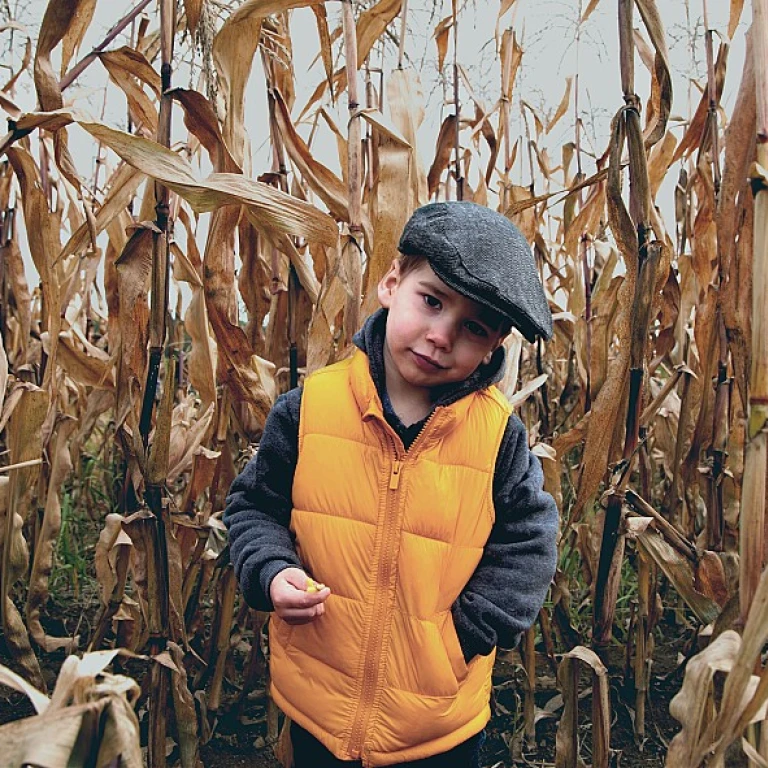
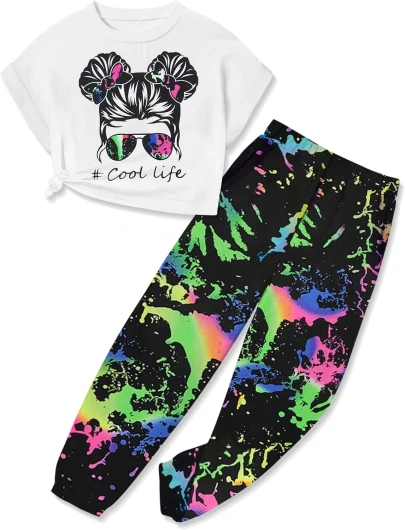
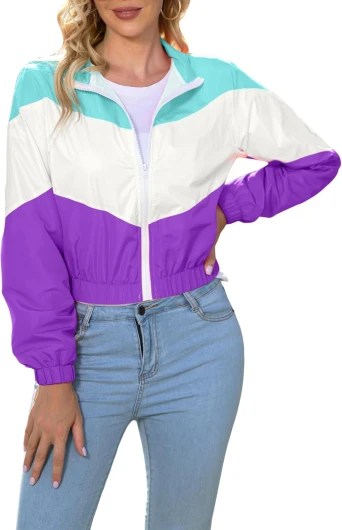
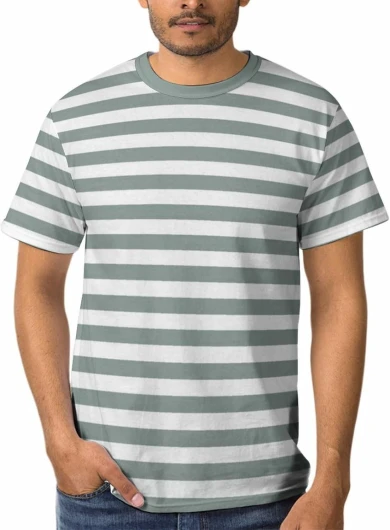
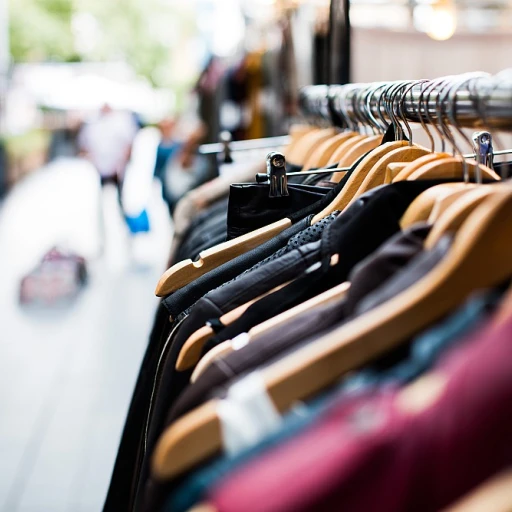
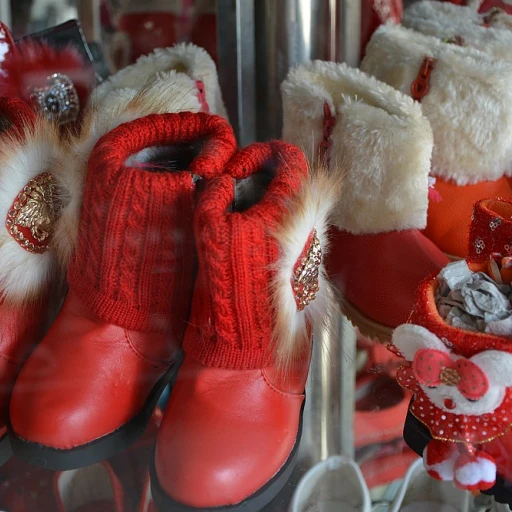
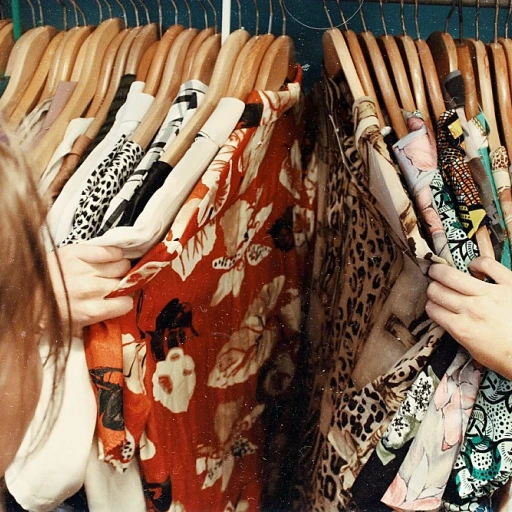
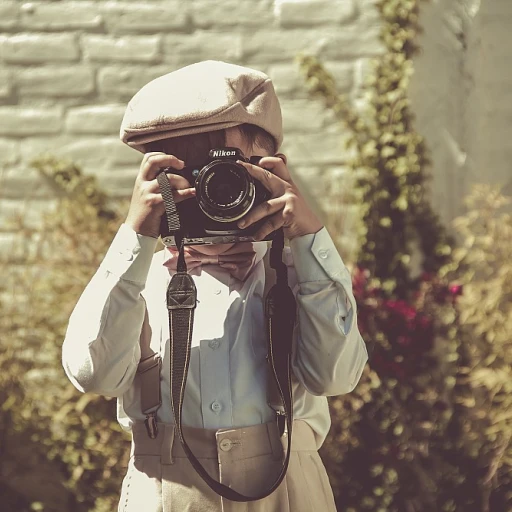
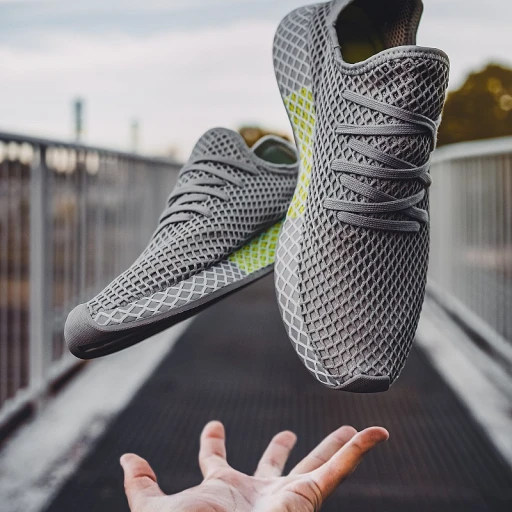
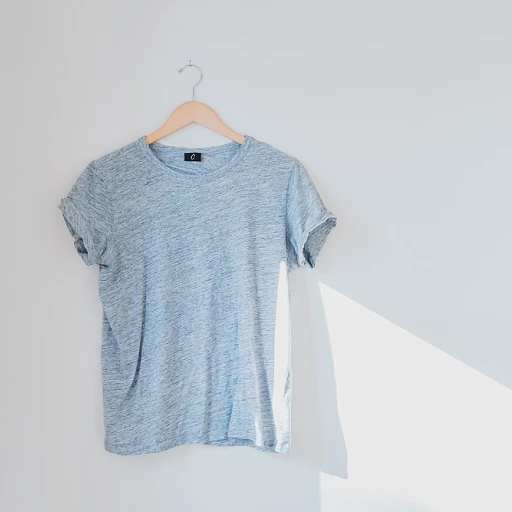
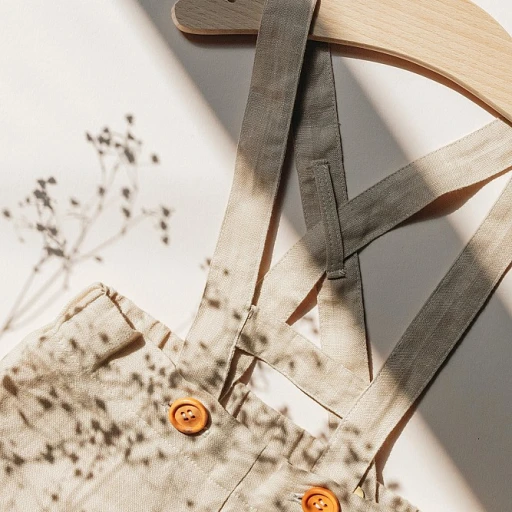
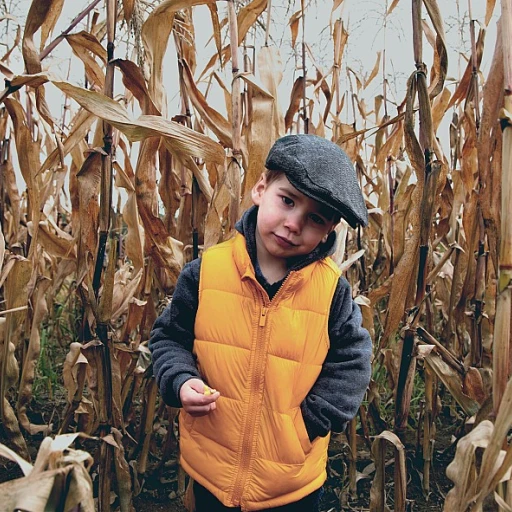
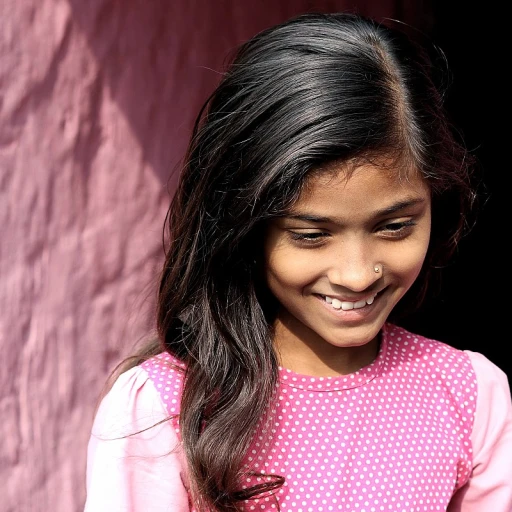

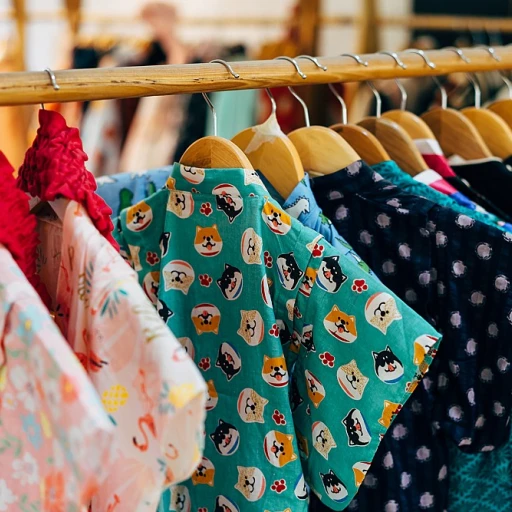
-large-teaser.webp)